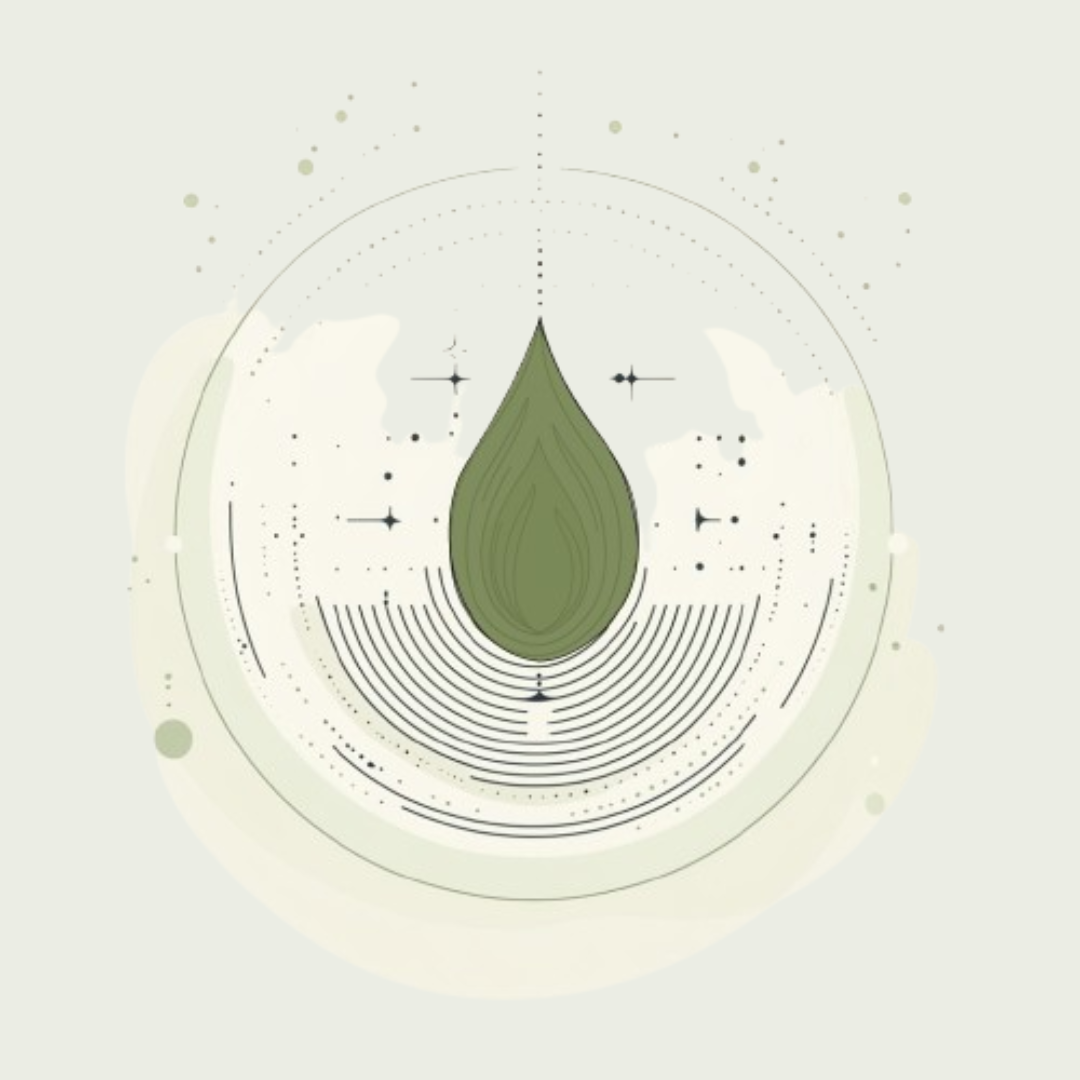Highlights
Monsoon isn’t just about the cool breezes and lush greenery; it’s nature’s way of telling us to slow down, rest, and reset. And if you’ve ever felt a little off during this season, Ayurveda might have the answer. According to Ayurveda, the rainy season is actually the best time for seasonal purification. Think of it as nature’s own detox season when the body is most receptive to gentle healing, renewal, and inner balance. But how does Ayurveda understand seasonal health and healing?
Ayurveda’s Take on Preventive Health
Before we jump into Ayurvedic therapies, let's first take a quick look at how modern medicine handles preventive care. It's usually broken down into four levels:
- Primary prevention: It’s all about stopping a disease before it even starts. Consider vaccinations or lifestyle changes when there are clear risk factors.
- Secondary prevention: It’s more about catching and treating things early so they don’t get worse.
- Tertiary prevention: It focuses on managing existing conditions, keeping the damage to a minimum and helping you recover.
- Primordial prevention: It focuses on stopping risk factors from even popping up in the first place, even before anyone knows they’re an issue.
What's interesting is that primordial prevention didn’t really get much attention until the late 20th century. But Ayurveda? Well, it’s been all over this for centuries through Dinacharya (daily routine) and Ritucharya (seasonal routine). These time-tested approaches are all about staying in tune with nature’s cycles to maintain balance and prevent health issues before they even start.
Why is the Monsoon Season So Special in Ayurveda?
The monsoon season is more than just rain and cool winds. It’s a window when the body, much like nature, is ready to hit refresh. You’ll notice it around you, green shoots, quiet rain, a softer sun. Everything slows down. Your energy dips a little. Your digestion takes it easy. That’s your body asking for a reset.
And Ayurveda answers with seasonal cleansing, a tradition that’s been helping people strengthen immunity, improve digestion, and boost vitality for generations. Let’s explore why.
The Importance of Seasonal Detox: Clearing Out Ama
Over time, our bodies naturally accumulate toxins, known in Ayurveda as ama. This build-up can block the body's natural channels (srotas), weaken digestion (agni), and, if left unchecked, may contribute to chronic health issues. Many modern lifestyle disorders are even believed to stem from this toxic overload.
This is where seasonal cleansing, or shodhana, comes in. Through the right guidance and care, these purification practices help the body eliminate ama, restore internal balance (dhaatu saamya), and promote long-term well-being.
In Kerala, the monsoon season, particularly Karkidakam (mid-July to mid-August), is considered the perfect time for this deep rejuvenation. Nature itself seems to renew during this period. Fresh green shoots begin to sprout, symbolizing the cleansing and rebirth around us.
The rains come in gentle, rhythmic bursts, often followed by soft sunlight. It’s not weeks of darkness but a calming cycle of rain and light, providing the ideal backdrop for the body to rest, reset, and heal.
Ayurvedic physicians in Kerala have long observed that our bodies instinctively align with this seasonal rhythm. Just as nature slows down, our energy levels tend to dip slightly during this time, similar to the peak of summer. This makes Karkidakam the ideal season for gentle treatments to strengthen the body and safeguard health, a practice known in Ayurveda as deha raksha.
A Gentle But Powerful Detox: Panchakarma During Monsoon
Ayurveda has a few tried-and-true therapies that can work wonders, especially during the monsoon. Panchakarma, a gentle yet effective detox process, is one of those gems. It helps clear out toxins, or ama, while calming the nervous system and giving your digestive fire (agni) a little boost.
These therapies aren’t harsh; they’re all about helping your body find balance. Here are some Panchakarma treatments that are particularly beneficial during the monsoon:
- Abhyanga: A relaxing massage using warm, medicated oils. It boosts circulation, eases stress, and nourishes the tissues.
- Shirodhara: A steady stream of warm oil, milk, or buttermilk is poured on the forehead. This calms the mind, supports memory, and improves sleep.
- Swedanam: Herbal steam therapy to induce sweat, remove toxins, and open up body channels.
- Pizhichil: A post-massage treatment where warm oil is poured over the body. It hydrates the skin, fights fatigue, and supports nerve health.
- Virechana: A detox process that helps cleanse the digestive system and balance Pitta dosha.
Now, if there’s one therapy that really shines during this season, it’s Vasti. It’s especially good at calming aggravated Vata, which tends to go out of balance in the rainy months. Vasti also supports the elimination of all three doshas, making it one of the most complete and holistic choices for seasonal detox.
Ayurveda’s Seasonal Detox Calendar: It’s All About Timing
In Ayurveda, the three doshas, Kapha, Vata, and Pitta, naturally shift with the seasons. This means that detox isn’t something you do randomly; it’s all about syncing up with nature’s rhythm. Here’s how it works:
- Kapha tends to build up in the winter and aggravates during spring, so Ayurveda suggests eliminating it around Chaitram (mid-March to mid-April).
- Vata starts to accumulate in the summer, and it’s best to address it during Sraavanam (mid-July to mid-August).
- Pitta rises during the rainy season, making it ideal to clear it out in Kartikam (mid-October to mid-November).
Extreme weather, whether it’s heavy rain, cold, or heat, can make our bodies more sensitive. That’s why Ayurveda highlights three ideal windows for seasonal purification each year. The monsoon, particularly Karkataka, is perfect for balancing Vata, and therapies like Vasti (medicated enema) are especially helpful during this time to reset your system. It’s all about keeping the flow and balance within, so your body can thrive.
How the Ayurvedic Detox Process Works?
Every good Ayurvedic detox follows a step-by-step rhythm, nothing rushed, nothing random. It’s a structured three-phase process that’s been trusted for centuries to gently guide the body through cleansing without throwing it off balance. Here’s the flow:
- Poorvakarma (Pre-purification): Prepares the body through internal oleation and sweating.
- Pradhanakarma (Main purification): The core cleansing therapy, like Virechana or Vasti.
- Paschatkarma (Post-care): Focuses on recovery, rejuvenation, and restoring balance.
During the monsoon, our digestion tends to slow down a bit; that’s completely natural. The damp, cool weather can put out our digestive fire (agni), which is why it’s so important to keep meals light, warm, and easy to digest. Think of it like giving your stomach a break so it can do its job without stress. This not only keeps agni strong but also prepares your body beautifully for deeper cleansing.
Conclusion
Monsoon is more than a change in weather; it’s an invitation to pause and care for your inner well-being. Ayurveda views this season as the perfect time to detox, renew, and recharge. Through time-tested therapies like Vasti, Abhyanga, and Virechana, you can eliminate toxins, build resilience, and transition into the next season with clarity and vitality.
At Kerala Ayurveda, we bring the wisdom of seasonal wellness to your doorstep with authentic, Ayurvedic detox formulations rooted in classical texts and crafted with modern care. Explore our trusted range of monsoon care therapies and begin your seasonal reset naturally.
FAQs
1. How do you balance pitta and vata during the monsoon season?
In the monsoon, try warm foods to balance Pitta and Vata, avoid cold or spicy items, and follow a stable daily routine. Ayurvedic practices like Abhyanga (oil massage) and Vasti also help calm Vata and cool excess Pitta.
2. What are the common digestive problems in monsoons?
Low digestive fire in monsoons can lead to bloating, indigestion, loose motions, and acidity. So it’s best to eat light food and avoid raw, oily, or heavy foods to maintain your gut health.
3. How many days rest after Panchakarma?
A minimum of 3 to 7 days of rest is recommended after Panchakarma. This allows the body to recover, rebuild strength, and integrate the detox effects.





